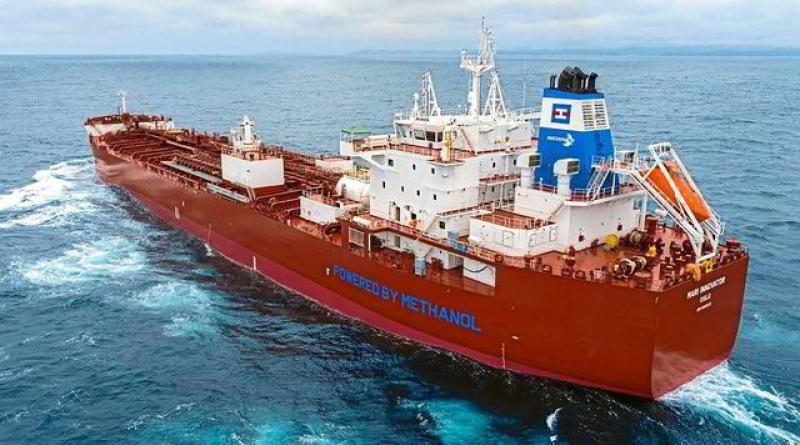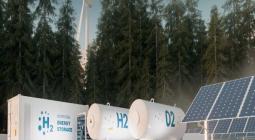Green hydrogen trade | Germany's H2Global ramps up with tenders for e-methanol and e-SAFs

Germany’s world-first hydrogen subsidy scheme follows up ammonia call with tender for supply of two more H2-derived products — CH3OH and e-SAFs
Germany’s multi-billion-euro H2Global subsidy programme has launched two more tenders for the import of hydrogen-derived products, this time for e-methanol and e-sustainable aviation fuels (e-SAFs), further opening the door for international H2 producers to begin investing in projects that can export to Europe.
The launch completes the trio of tenders announced by the scheme as part of its initial €900m tranche, following the publication of H2Global’s maiden ammonia tender earlier this month.
The scheme is now seeking ten-year supply agreements for e-methanol (CH3OH), made from green hydrogen and captured carbon dioxide, as well as for e-SAFs, made from green hydrogen and captured carbon dioxide which is then processed into JetA-1 aviation fuel, or e-kerosene.
Under the double-auction scheme, H2Global’s government-funded investment vehicle, Hydrogen Intermediary Network Company (HintCo), will buy green hydrogen or its derivatives from international producers for the lowest possible price on ten-year purchase agreements, before selling it on to European customers at the highest possible price via separate tenders.
The difference in H2 unit price between the hydrogen purchase agreement and hydrogen sales agreement will be met by HintCo, drawing on the €900m grant from Germany’s government.
The goal of H2Global is to provide sufficient demand and price certainty to underwrite investment in the production of green hydrogen and its derivatives abroad, as well as shoring up supply certainty for prospective buyers of green H2 in Europe.
Supply agreements are mooted to begin in 2024 to ports in Germany, the Netherlands and Belgium, or any other EU port agreed between the supplier, third-party buyer and HintCo.
Green hydrogen used in the production of e-methanol and e- SAFs for the tender must be produced using renewable energy under strict additionality rules, the same as those determined for ammonia production under H2Global.
These rules, demanded by the EU in exchange for its consent for the German government to provide this funding, include the stipulation that all renewable power bought under power purchase agreements (PPAs) must be accounted for on an hourly basis to match electrolyser operation.
German chancellor Olaf Scholz has already cleared a total of €4bn of funding for H2Global, but the EU has so far only given the green light to the first tranche of €900m.
Methanol, typically made from fossil gas, is used extensively in industrial and chemical processing. But e-methanol made from green hydrogen has been touted as a possible transport fuel, especially in the shipping industry.
In fact, Danish shipping giant Maersk has already said it will move ahead with methanol-fuelled shipping, lining up a supply of two million tonnes of green methanol from Spanish producers.
Sustainable aviation fuels (SAFs), produced with a variety of biofuels and other feedstocks to be chemically identical to kerosene, have been pounced on by several airlines as drop-in fuels. Under current international aviation rules airlines can burn up to 50% SAF in their aircraft, which means they can achieve partial decarbonisation without upgrading their fleets or associated infrastructure.
Many SAFs are made with biofuels, but amid concerns over the availability of enough biomass feedstock to service the aviation sector, some airlines, including US giant Delta, are looking to e-SAFs made with hydrogen.
This involves reforming green hydrogen and carbon dioxide (which for carbon neutrality should be captured from elsewhere) through a reverse water-gas-shift process to form carbon monoxide and water. More hydrogen is then mixed with the carbon monoxide in a second chemical reaction — called the Fischer Tropsch process — to form a type of synthetic crude oil which can then be refined into e-kerosene, an e-SAF.
Burning e-kerosene made in this way emits the same amount of carbon dioxide as fossil-kerosene, but as the carbon molecules have been captured from elsewhere, it is considered carbon-neutral — although the H2Global scheme specifies that the greenhouse gas emissions savings from the e-SAFs must reach at least 73%.





